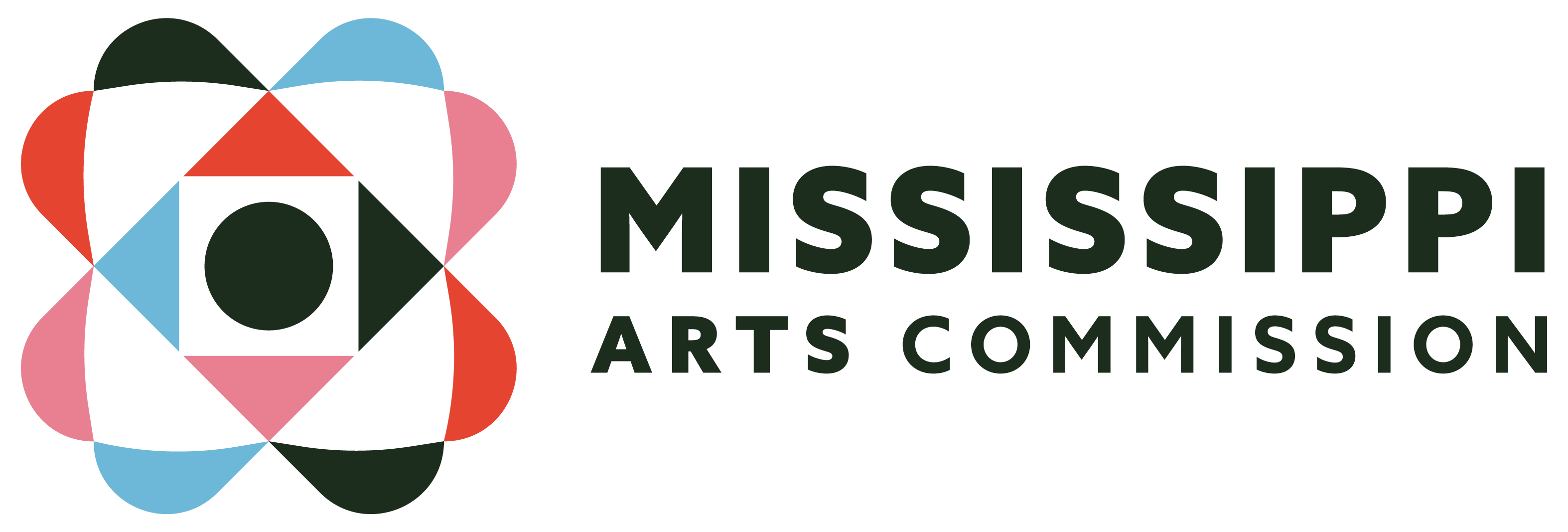ADA Information and Checklist
Increase audiences by increasing accessibility and meeting ADA rules
General information on disabilities
- What is a disability? A person described as having a disability is a person with a physical, emotional or mental impairment that substantially limits one or more major life activities OR a person with a record of such impairment OR a person who is perceived as having such an impairment. “Major life activities” include: thinking, processing information, listening, seeing, hearing, breathing, walking, taking care of personal needs, working, interaction with others, concentrating, sitting, standing and reading.
- What is the ADA? The Americans with Disabilities Act was signed into effect by Congress on July 26, 1990. The ADA is intended to a “provide clear and comprehensive national mandate for the elimination of discrimination against persons with disabilities.”
- What does the ADA do? The ADA prohibits discrimination on the basis of disability and provides the first comprehensive civil rights to persons with disabilities in the areas of employment; public accommodations; state and local government programs, services and activities; and communications. This includes not just architectural accessibility but also programmatic accessibility.
- People First Language—WORDS CAN HURT. Dignity and respect begin with the language we use to represent ourselves. Always remember, when speaking or writing, put the person first then the disability. EXAMPLE: Person with a disability, as opposed to a disabled person, or even worse, the disabled.
- ADA and the ARTS—None of us plan an event with the conscious intent of discrimination. We want to involve people in our passion…the arts. Without a conscious awareness of the planning process and an understanding of what “accessibility” means, we could easily exclude a portion of the community. This exclusion is discrimination.
What does accessible mean?
- Accessibility enables everyone to attend, participate and benefit. Your arts event is accessible if people can get to it and, once there, if the people attending are able to participate actively in the program. The word accessibility is most often associated with wheelchair use, but accessibility actually involves the needs of people who have visual, cognitive or hearing disabilities, as well as those with activity manual or mobility impairments.
Adopting an access philosophy
- The first step is to recognize that access is a civil rights issue.
- Access is also a social issue. Access promotes diversity and inclusion by ensuring that the arts are open to all people, regardless of ability.
- Access benefits the greater population. EVERYONE will experience a permanent or temporary disability, either personally or with a loved one. Remember that the aging process lessens mobility and presents hearing and visual difficulties.
- Access is related to audience development in the broadest sense and provides opportunities for people to be involved in all aspects of the arts to the fullest extent possible.
- Access has economic benefits. People with disabilities and older adults comprise a significant part of our population and are a large market for the arts.
Requirements for accessibility
- The best source for requirements is the Title III Technical Assistance Manual available from the Department of Justice. (1-800-949-4ADA) or http://www.ada.gov.
- To evaluate your facilities, you can use the ADA Checklist for Existing Facilities version 2.1, available from the Disability and Business Technical Assistance Center at 1-800-949-4ADA. The checklist provides the requirements for numerous elements of accessibility accompanied by suggested solutions for barriers you may identify while completing your evaluations. Or see the Facility Checklist below.
- Go through this evaluation process with a committee of interested people who also have expertise in several of the necessary areas (i.e., architects, contractors, representatives from the various “disability communities,” etc.). With this evaluation, the arts management doesn’t have the sole responsibility of convincing their board and others of needed adaptations.
- For more information on accommodating college students with disabilities and scholarship information for these students, please visit thebestcolleges.org.
For more information, please contact Victoria Meek, Special Initiatives Director at vmeek@arts.ms.gov or 601-359-6030.
Facility Checklist
Building Access
- Are 96″ wide parking spaces designated with a 60″ access?
- Are there accessible parking spaces located near the main building entrance?
- Is there a “drop off” zone at the building entrance?
- Is the gradient from parking to building entrance 1:12 or less?
- Is the entrance doorway at least 32″ wide?
- Is the door handle easy to grasp?
- Is the door easy to open (less than 8 lbs. pressure)?
- Are doors other than revolving doors available?
Building Corridors
- Is the path of travel free of obstruction and wide enough for a wheelchair?
- Is the floor surface hard and not slippery?
- Do obstacles (phones, fountains) protrude no more than 4″?
- Are elevator controls low enough (48″) to be reached from a wheelchair?
- Are elevator markings in Braille for the blind?
- Does elevator provide audible signals for the blind?
- Does elevator interior provide a turning area of 51″ for wheelchair?
Restrooms
- Are restrooms near building entrances and/or personnel offices?
- Do doors have lever handles?
- Are doors at least 32″ wide?
- Is the restroom large enough for wheelchair turnaround (51″ minimum)?
- Are stalls at least 32″ wide?
- Are grab bars provided in toilet stalls?
- Are sinks at least 30” high with room for a wheelchair to roll under?
- Are sink handles easily reached and used?
- Are soap dispensers, towels, etc., no more then 48″ from the floor?
- Are exposed hot water pipes located under sinks wrapped in insulation to avoid injury to those individuals using a wheelchair?
Facilities that serve the general public
(Offices, exhibit halls, box offices, meeting spaces)
- Are doors at least 32″ wide?
- Is the door easy to open?
- Is the threshold no more than ½” high?
- Are paths between desks, tables, etc., wide enough for wheelchairs?
- Do you have a counter that is low enough to serve individuals in wheelchairs?

